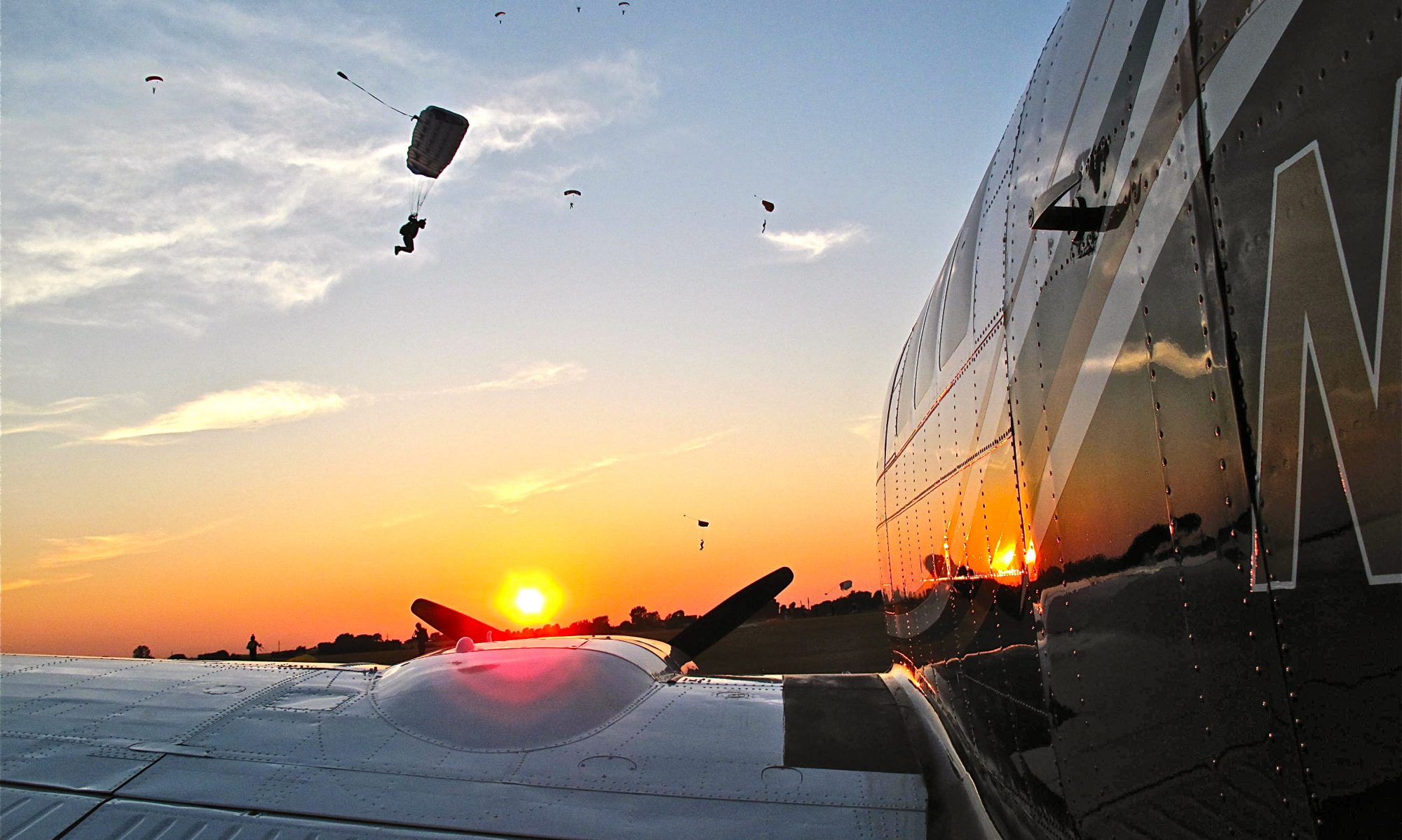Repost: T.I.A.D. – Near mid-air
By lex, on July 26th, 2006
There are few words so immediately blood-chilling in their effect upon tactical aviators as these: “mid-air.” It is an abbreviation for “mid-air collision,” and conjures up images of once sleek, purposeful and lethal high performance aircraft reduced in a moment to odd pieces of flaming trash, fluttering to earth – instant chaos from order.
Mention news of a mid-air and prepare yourself for the customary, almost involuntary response: “Did anyone get out?”
There are many ways to die in fighters. The most common is controlled flight into terrain, or CFIT. It’s a long term that essentially boils down to “dummy flew too low.” While we can and do mourn people who die this way, we also have a tendency to shrug a bit, mentally. After all, you can only tie the low altitude record, you can’t beat it. Should have known better.
Mid-airs can occur between flight members, as someone’s attention drifts or gets over-channelized; the wingman has primary collision avoidance responsibility, but a poor flight lead can certainly contribute by behaving unpredictably in a moment when a flight is task-saturated.
They can occur in a slow-speed fight, when the aircraft are performing at their aerodynamic limits and nothing is left to draw upon when one or both combatants miscalculate the vector – these can have a slow motion, nightmarish character of inescapable and imminent doom that hasn’t quite happened yet. One pilot may survive such a collision, much more rarely both will. The aircraft themselves, of course, are almost always destroyed.
But the third and most lethal form of mid-air collision is the head-on. No one ever survives a head-on collision. Closure rates are so very high that the moment is over before conscious thought can form, and the forces are catastrophic. And I think that’s what so frightening about the head-on mid-air: pilots are essentially control freaks, accustomed to being in charge of their destinies. But in the moment you realize that you are approaching a head-on collision, a moment that transitions seamlessly between “in control, looking good” to a red wave of panic, there is often only one chance to escape, one last-ditch move and whether or not you live through the next instant will depend entirely upon what the other guy does: If his reaction mirrors yours, it will mean instant, unknowing death.

Just wasn’t your time and yeah, must have been gut wrenching to have lost a good friend, and 4 people who for one reason or another couldn’t get out to use those fairly good rigs. Sympathies